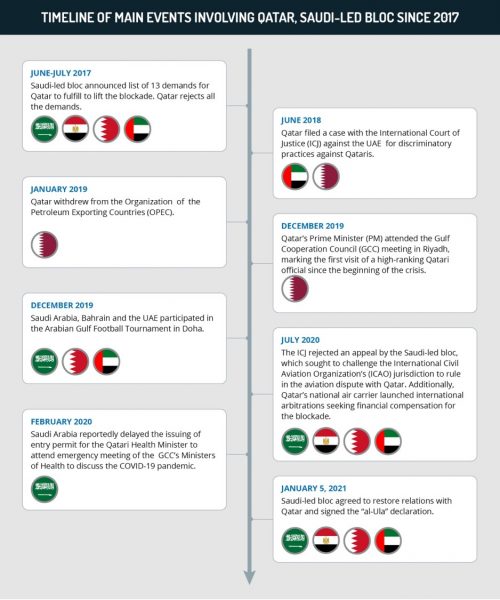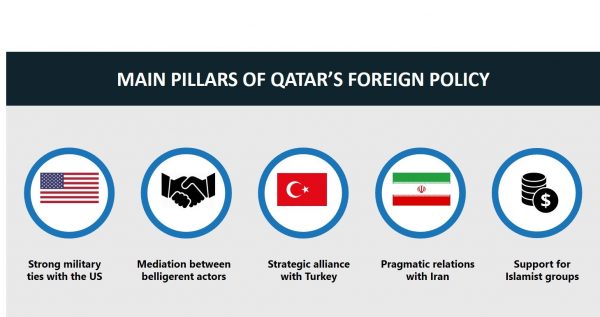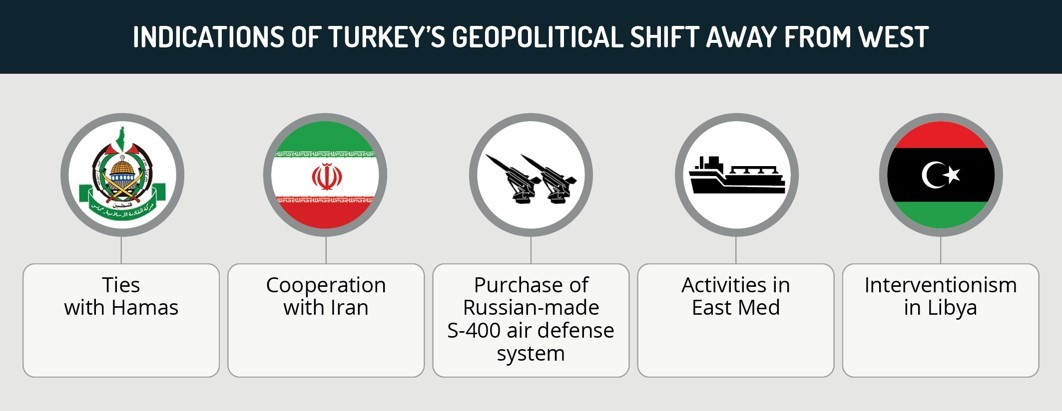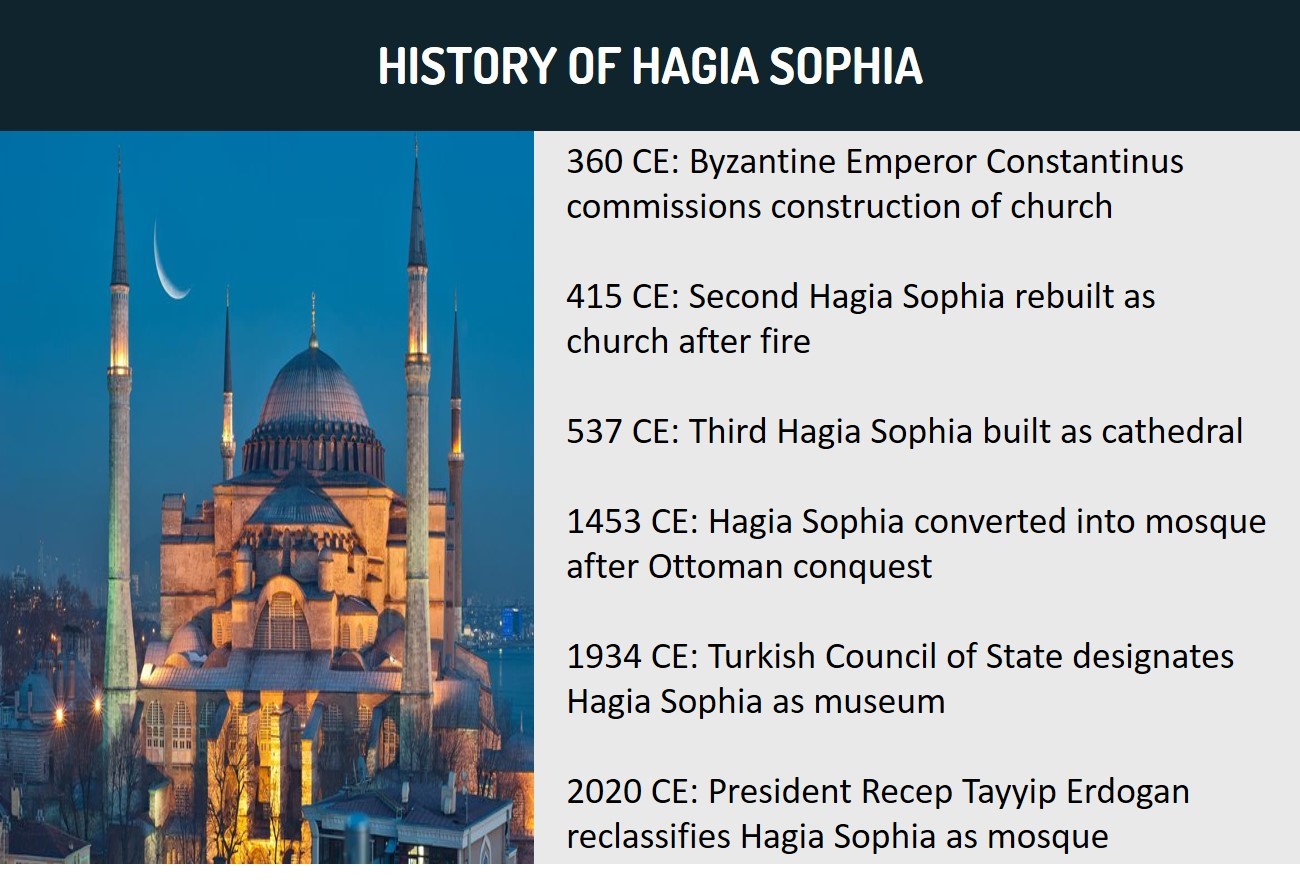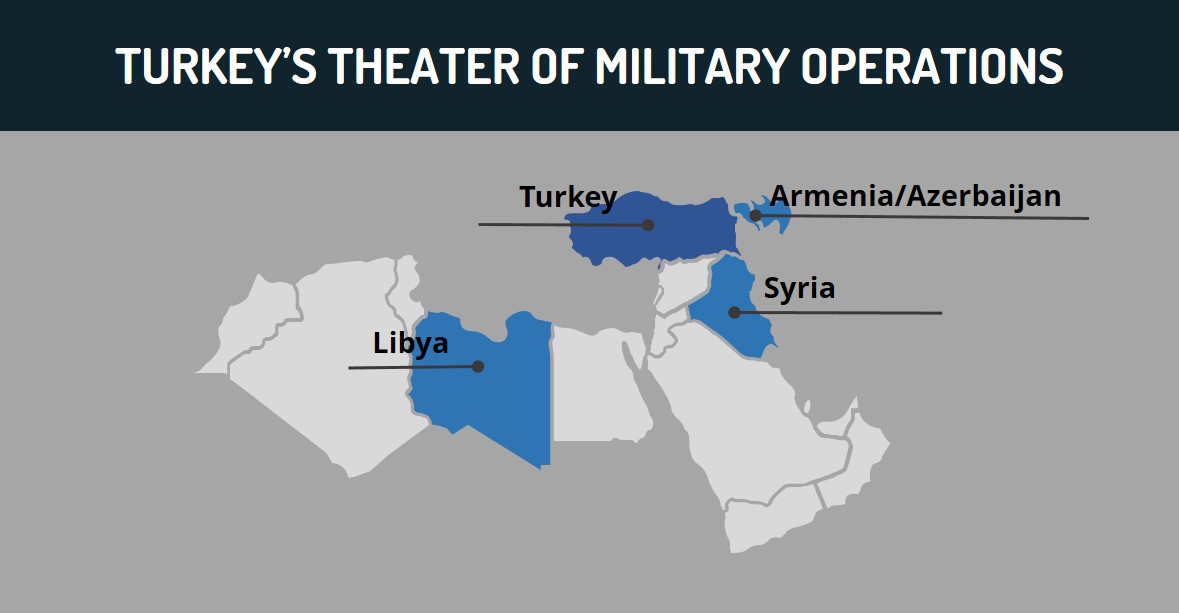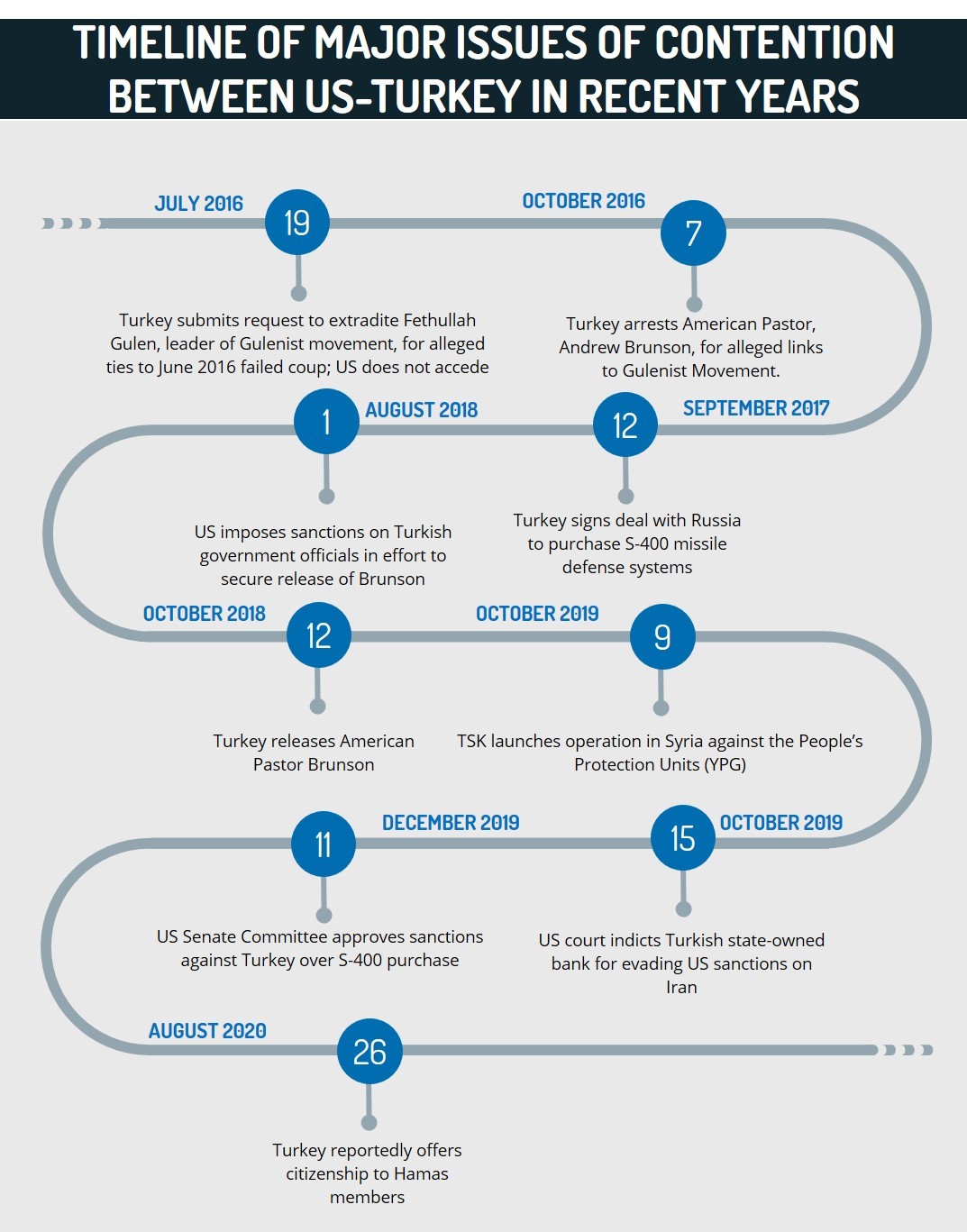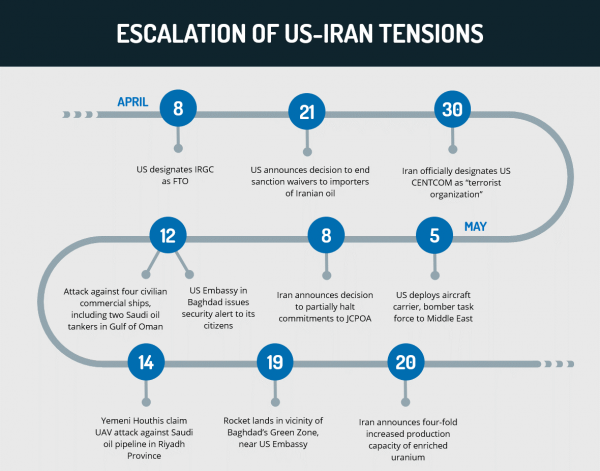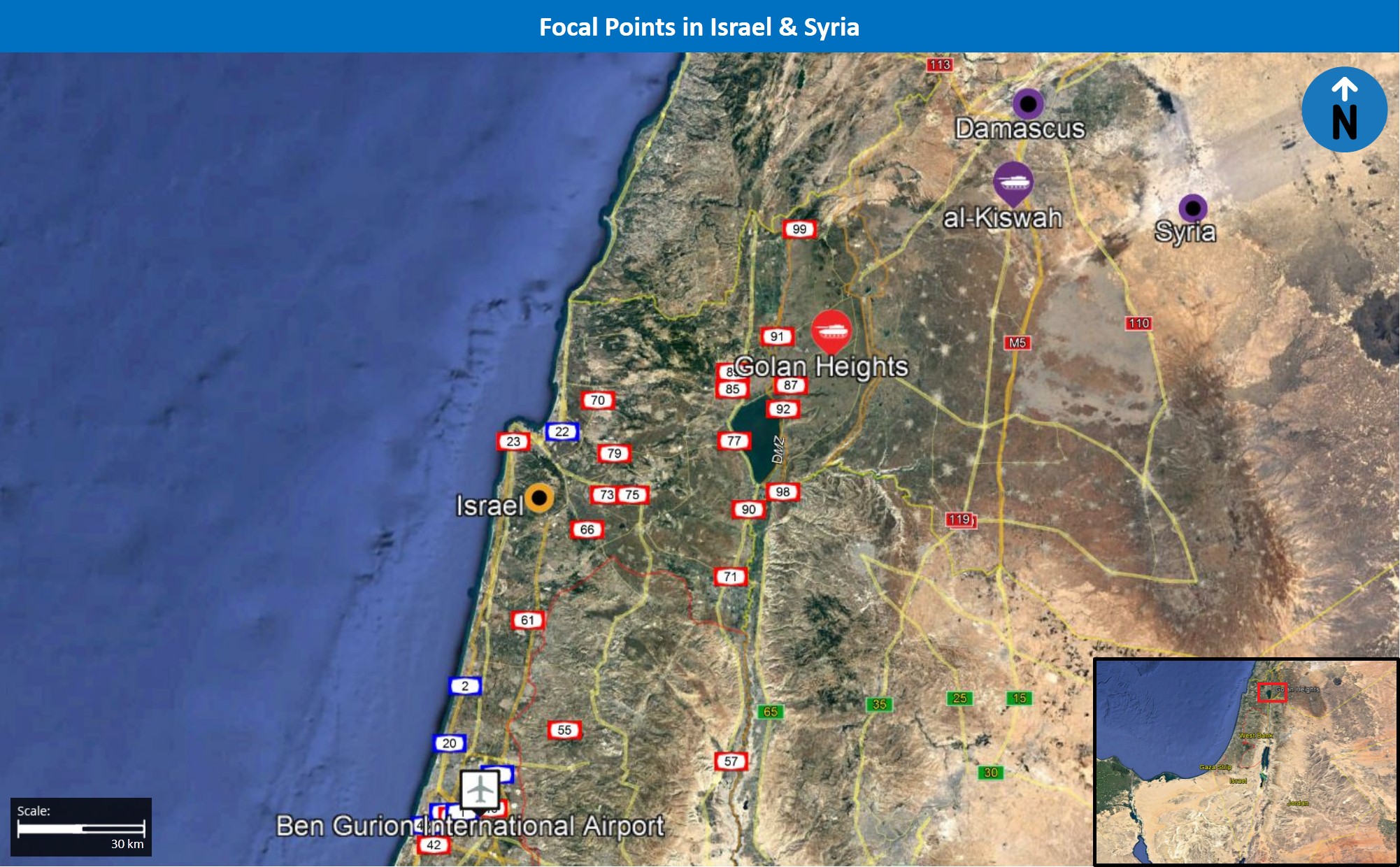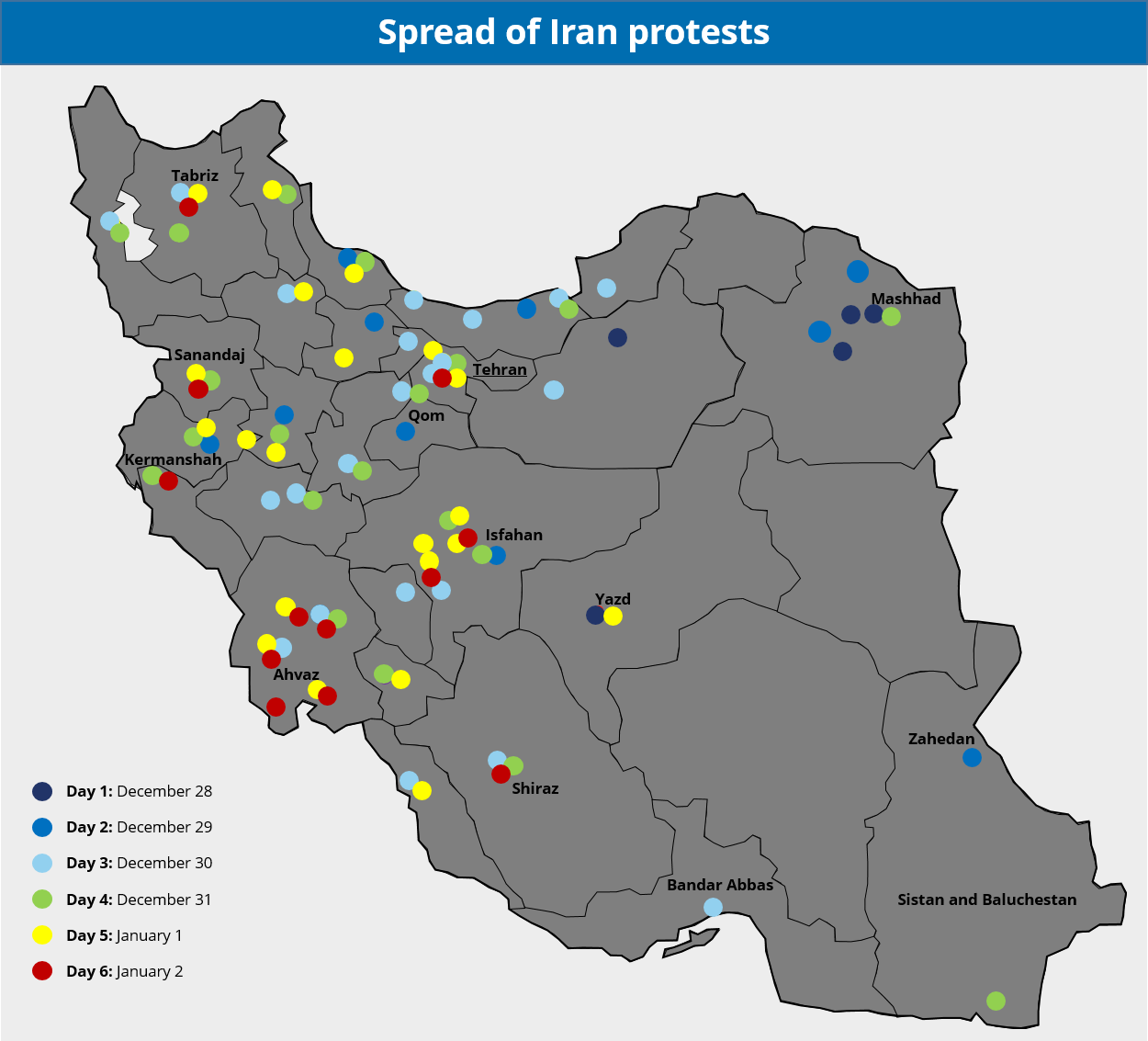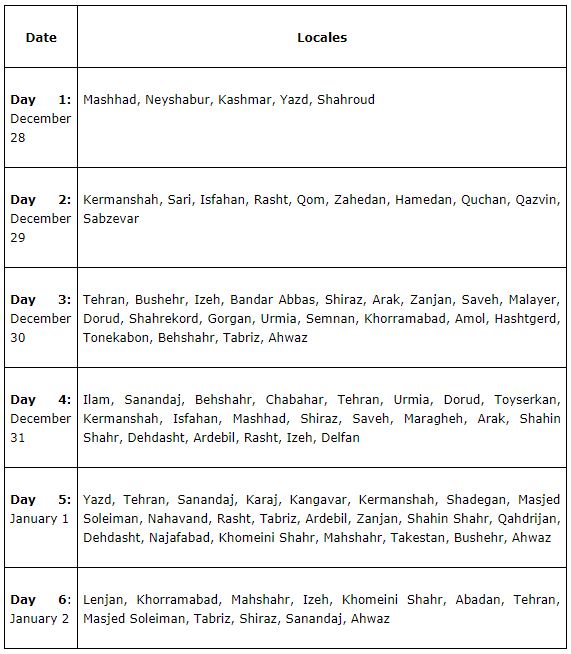Executive Summary
- On January 5, Qatar and a Saudi-led bloc of states signed the “al-Ula Declaration” and restored diplomatic ties following a three-year rift. This constitutes a major achievement for the former, which has been able to circumvent the challenges of exclusion by the latter by relying on its resources and strategic alliances with the US, as well as Turkey and Iran.
- Qatar and the Saudi-led bloc will likely seek to foster economic cooperation and mutual investments to generate revenue. Qatar’s economy will thus likely benefit from the renewed bilateral trade and tourism inflow that the agreement between the parties will facilitate.
- However, despite this detente, ideological differences will persist between Qatar and the Saudi-led bloc given that Doha will likely continue to pursue an independent foreign policy to bolster its regional influence. Tensions will particularly pertain to Qatar’s relations with Iran and Turkey, which have deepened during the blockade.
- Travel to Qatar may continue as normal while adhering to cultural norms and avoiding making any statements critical of the Qatari Emir and government officials. Remain cognizant of the continued potential for tensions between Qatar and the Saudi-led bloc.
Current situation
The al-Ula Declaration
- On January 5, Saudi Arabia, Bahrain, the UAE, and Egypt agreed to restore ties with Qatar during the 41st summit of the Gulf Cooperation Council (GCC) in Saudi Arabia’s al-Ula. The parties signed the “al-Ula Declaration”, according to which, the Saudi-led bloc agreed to lift the official air, sea, and land blockade against Qatar.
- The Saudi Crown Prince Mohammed bin Salman (MbS) reportedly stated on January 5 that the “al-Ula Declaration strengthens the bonds of friendship and brotherhood among our countries”.
- MbS also emphasized the “need to unite our efforts to…confront the challenges that surround us, particularly the threats posed by Iran’s nuclear program, its ballistic missile program as well as the terrorist and sectarian activities adopted by Iran”.
- On January 7, Qatar’s Foreign Minister reportedly stated that the end of the dispute “has no effect on our relationship with any country”.
Implications
- On January 8-9, Saudi Arabia and the UAE reopened their air, land, and sea borders with Qatar.
- Bahrain and Egypt reopened their airspace to Qatari flights on January 11 and 13, respectively.
- According to a January 20 report citing Egyptian intelligence sources, a Qatari foreign ministry official pledged at a meeting that Qatar would not interfere in Egypt’s internal affairs and would change its state-funded media outlet’s orientation towards Egypt. A Qatari official denied the meeting had taken place.
- Although the terms and conditions for the restoration of relations have not been disclosed, reports indicate that Qatar will withdraw all its lawsuits at the World Trade Organization (WTO) and the International Court of Justice (ICJ) against its three Gulf neighbors and that all parties committed to stopping their “media campaigns” against each other.
Background
On June 5, 2017, Saudi Arabia, Bahrain, the UAE, and Egypt announced the imposition of a land, sea, and air blockade against Qatar, and the severing of all trade and diplomatic ties with the latter. The four blockading countries also referred to as the Saudi-led or Saudi-aligned bloc, initiated the dispute based on accusations that Qatar was providing support to “extremist” elements in the Middle East, interfering in their internal affairs, and maintaining close ties with Iran. Qatar’s Foreign Minister issued a statement on the same day to denounce “unjustified” measures that are “based on baseless unfounded allegations”. On June 23, 2017, the Saudi-led bloc issued a list of 13 demands that Qatar had to fulfill within ten days to lift the blockade. The demands included Doha’s curbing of its ties with Iran, the removal of the Turkish presence from its territory, the shutting down of a prominent Qatar government-owned news outlet, and the payment of reparations for “loss and life and other financial losses caused by Qatar’s policies in recent years”. The Qatari government rejected all the demands, which it perceived as “limiting Qatar’s sovereignty, and outsourcing its foreign policy.”
Assessments & Forecasts
The ability to circumvent the blockade has placed Qatar in the position of strength
- Overall, Qatar has been largely successful in overcoming the economic and political challenges induced by the official blockade and diplomatic isolation by the Saudi-led bloc since 2017. According to the International Monetary Fund (IMF), Qatar is one of the world’s most affluent countries, with a GDP of 184.5 billion USD in 2019. Its wealth mainly stems from its natural gas reserves, which has made the country the world’s largest exporter of Liquefied Natural Gas (LNG). Qatar has, for instance, signed various deals during the blockade, making it a major supplier of LNG to some Asian countries’ growing markets, such as Vietnam, Bangladesh, and, more recently, Singapore, with whom Qatar signed an agreement in November 2020 to supply up to 1.8 million tonnes of LNG per year from 2023. The revenue generated by the gas exports has enabled the Qatari government to cushion the adverse effect of the blockade. Qatar has also diversified its trading partners outside the Gulf region by opening several new shipping routes to compensate for the revenue losses as well as to ensure the supply of essential commodities. Thus, overall, Qatar’s strategy of leveraging its wealth to build new economic partnerships has enabled it to reduce the blockade’s financial impact and project power to the international audience.
- The rift with the Saudi-led countries allowed countries like Turkey and Iran to step in by providing material support, which has led to the strengthening of ties between Qatar and these countries. During the early weeks of the diplomatic dispute, Iran sent a significant amount of essential goods to alleviate the risk of food shortages and opened its airspace for Qatari flights that were no longer allowed to fly over Saudi Arabia, Bahrain, and the UAE. Turkey created an air bridge for needed supplies and enhanced its strategic and military ties by deploying Turkish troops and holding military exercises in Qatar.
- However, Qatar’s deepened relations with Turkey and Iran did not signal a shift away from its long-standing close partnership with the US, particularly in the defense and security spheres. Qatar is, for instance, home to the largest US military installation in the Middle East region. The signing of a Memorandum of Understanding (MOU) on combating militant financing in July 2017, and the establishment of a “Strategic Dialogue” in January 2018 are illustrative of the continuity of the relations between Doha and Washington during the dispute. Qatar was therefore able to mitigate its regional isolation by deepening its relations with regional and international actors, which provided Doha both with the material and political support needed to confront the Saudi-led pressure.
Restoration of ties constitutes diplomatic achievement for Qatar, liable to boost the economy
- Qatar’s demonstrated resilience to circumvent the blockade has therefore placed Doha in a position of strength vis-a-vis the Saudi-led bloc. This is further bolstered by the lack of stipulations to the “al-Ula Declaration”, which implies that the Saudi-aligned states did not gain major concessions from Qatar, especially pertaining to the 13 demands put forth by Riyadh and its allies. Moreover, the deepening of ties with Turkey and Iran during the last few years, which were factors for the Saudi-led bloc to initiate the dispute, highlights Qatar’s resolve to resist pressure from external actors to alter its foreign policy. Against this backdrop, the Saudi-led bloc’s decision to restore ties with Qatar without extracting compromises from the latter constitutes a notable diplomatic achievement for Doha.
- FORECAST: The end of the dispute will pave the way for renewed cooperation between Qatar and the Saudi-led bloc over the coming weeks and months, particularly on the economic front. This will include public sector collaboration and extend to increased opportunities for cooperation between private entities based in these countries. The lifting of the blockade will thus likely have a positive impact on Qatar’s economy as it will reestablish bilateral and regional trade, which was high prior to the blockade. This is illustrated by the fact that approximately 60 percent of Qatar’s imports, especially food supplies, reportedly emanated from the boycotting states. Qatar will thus likely seek to reach new economic and trade agreements to stimulate the flow of goods and investments with its Saudi and Emirati neighbors. Qatar and the Saudi-led bloc will particularly seek to boost mutual investments, especially amid a decrease in their government revenues due to the fall in global oil prices and COVID-19-induced restrictions on business and travel restrictions.
- In this context, increased cooperation between Qatari and the Emirati companies in the construction sector may be witnessed to assist Doha’s infrastructure projects ahead of the FIFA World Cup 2022. With regards to Egypt, Qatari companies will likely continue their investment ventures in the real estate and tourism sectors, as evidenced by the opening on January 8 of a luxury hotel in Cairo owned by a Qatari real estate investment firm. With respect to Saudi Arabia, given that Riyadh was reportedly its main supplier of food commodities prior to the dispute, Doha will likely seek to boost its trade exchanges in the agro-food sectors with Saudi Arabia. Meanwhile, the reopening of borders, albeit depending on the containment of the COVID-19 pandemic, will boost tourism, which Qatar has sought to develop as part of its economic diversification efforts to reduce its dependence on gas revenues.
- Furthermore, the easing of tensions and logistical difficulties in traveling between Qatar and the aforementioned countries will likely serve to boost investor confidence. During the blockade, the Qatari authorities took several measures aimed at attracting foreign investment, such as easing visa requirements and allowing full foreign ownership of companies across all sectors. FORECAST: Therefore, Qatari authorities will likely continue their efforts to make the Qatari market more lucrative to foreign investors. This is particularly in the light of the upcoming FIFA World Cup 2022, which Doha seeks to utilize as a platform to bolster its international outreach and standing. To this effect, the authorities will continue to appeal to international investors in the sectors related to various services, infrastructure, and real estate, to support their long-term efforts to diversify its largely gas-dependent economy. Overall, the lifting of the blockade will likely boost intra-GCC trade and investment, providing a certain impetus to Qatar’s economy over the coming year. However, this will not lead to a shift in Qatar’s long-term strategy to incentivize foreign investors.
Detente with the Saudi-led bloc unlikely to alter Qatar’s foreign policy
- During the years of the rift, Qatar has implemented an active and independent foreign policy to bolster its regional influence, which included engagement with a broad range of regional actors and support for Islamist groups. These policies, such as Qatar’s ties with Iran and its support for Islamist groups such as the Muslim Brotherhood, have been antithetical to the interests of its Gulf neighbors. For instance, the UAE is largely hostile to political Islam. This is due to its perception that Islamist groups, particularly those linked to the Muslim Brotherhood, have triggered unrest and revolutions across the region as a launchpad to political power. Additionally, Saudi Arabia and Iran, who are considered leaders of the Sunni and Shiite branches of Islam, respectively, have been engaged in a rivalry for power and influence in the region for decades and the Kingdom is thus suspicious of countries that maintain close ties with Tehran, holding the latter responsible for destabilizing the region’s security. This also manifests in Riyadh’s approach to the Palestinian Islamist group Hamas, which administers the Gaza Strip. Over recent years, Saudi Arabia has conducted arrests of dozens of Palestinians in the Kingdom who have been accused of having links to Hamas.
- These examples illustrate the breadth of differences between Qatar and its allies and interests on one side and the Saudi-aligned bloc on the other. FORECAST: However, given that Qatar’s Foreign Minister stated on January 7 that the thaw in relations “has no effect on our relations with any country” and there is no such stipulation in the “al-Ula Declaration” insisting on policy change in exchange for the resumption of ties, it is unlikely that Doha will alter its foreign policy over the coming months. It will thus maintain its own independent and active agenda, despite this overtly clashing with that of the countries it has recently reconciled with.
- With regards to Iran, Doha has primarily been driven by pragmatic interests and a desire not to alienate Tehran. One of the major reasons for this is because Qatar’s ties to Iran are critical in protecting its natural resources, as the countries share the largest gas field in the world, which is called the North Dome/South Pars. Therefore, given Qatar’s reliance on natural gas to generate revenue, the shared management of the gas field and the maintenance of cordial relations with Iran are essential to Qatar’s economic interests.
- FORECAST: In this context, Qatar is unlikely to downgrade relations with Iran over the coming months as this would jeopardize its economic growth. More so, Qatar’s close ties with the US and positive relations with Iran may enable Doha to act as an intermediary for the incoming US President Joe Biden, who has expressed his willingness to engage in dialogue with Tehran. This is further bolstered by Qatar’s role of maintaining relations with opposing actors, rendering it a facilitator for indirect negotiations and back-channel communications. This is evidenced by Qatar’s coordination with Israel to provide funding for the Gaza-based Hamas, and its reported role in fostering peace talks between the Afghan government and the Taliban.
- Additionally, Doha also shares a relatively strong alliance with Turkey. In addition to Ankara’s pivotal material support for Qatar during the blockade, Doha has invested heavily in the Turkish economy, amounting to approximately 22 billion USD in 2019, amid the latter country’s recent economic crisis. The alliance is also rooted in the convergence of the two countries’ geopolitical, military, and ideological interests, as illustrated by their support for the Government of National Accord (GNA) in Libya, and more broadly their long-standing support for Muslim-Brotherhood-linked elements throughout the region, and other Islamist groups, such as Hamas. Moreover, while there is a lack of significant evidence of overt support, both Ankara and Doha are thought to enjoy some level of influence over the Muslim Brotherhood-affiliated al-Islah Party in Yemen, which is deemed to be the primary security destabilizer by UAE-backed groups, such as the Southern Transitional Council (STC). FORECAST: In this context, given the depth of their bilateral relations, coupled with the convergence of their foreign policy goals in the Middle East region, Doha is unlikely to curtail its ties with Ankara over the coming year.
Conflicting interests, ideological differences to perpetuate tensions between Qatar and the Saudi-led bloc
- Overall, distrust between Qatar and the Saudi-led bloc is liable to persist, as illustrated by the UAE’s Foreign Minister, who stated on January 7 that although the “al-Ula Declaration” constitutes “a good start”, Abu Dhabi has “issues with rebuilding trust”. Moreover, the lack of reference to the initial factors that led the Saudi-aligned states to cut ties with Qatar in the “al-Ula Declaration”, including the curbing of Doha’s relations with perceived destabilizing actors such as Iran and the Muslim Brotherhood and the shutting down of a prominent Qatar government-owned news outlet, suggests that the root causes of the dispute have likely not been addressed.
- The end of the dispute may also be an initiative by the Saudi leadership to project its intention to end intra-GCC divisions and promote regional reconciliation in a bid to gain favor with the new US President Joe Biden-led administration. This may partly be because Biden has vowed to “reassess” the US’s relationship with Riyadh due to the Kingdom’s crackdown on perceived dissidents and involvement in allegedly exacerbating the humanitarian crisis in Yemen.
- Moreover, it is also in Saudi Arabia’s interest to strengthen the GCC as a united bloc prior to the potential commencement of US-Iran talks related to the Joint Comprehensive Plan of Action (JCPOA) or a new agreement with Iran over the coming months. This may allow the Kingdom to partly influence Doha’s stance regarding the Iran nuclear deal and US-imposed sanctions on Iran. This may be behind MbS’ statement that “we need to unite our efforts to…confront the challenges that surround us”, pointing primarily to Iran’s nuclear and ballistic missile program and alleged support for “terrorist activities”.
- FORECAST: In this context, going forward, one of the main contentious issues will remain Qatar’s ties with Iran as well as Turkey. Given that the Saudi-led bloc views Iran’s and Turkey’s regional influence as a threat, Doha’s pragmatic relations with the two countries will continue to constitute a fault line in the long term. In addition to this, Qatar’s support for Muslim Brotherhood-linked elements will remain a lingering point of contention because the Saudi-led bloc, particularly the UAE, perceive such elements as subversive and as a threat to its national security. More broadly, the pursuit of conflicting interests, such as countering Iranian and Turkish influence, ideological differences, and competitive dynamics across the Middle East region will continue to set Qatar and the Saudi-aligned states apart.
Recommendations
- Travel to Qatar may continue as normal while adhering to cultural norms and avoiding making any statements critical of the Qatari Emir and government officials.
- Additionally, refrain from photographing or filming working and housing conditions of migrant workers in the country, as such actions may draw confiscation of equipment by security forces or possible detainment.
- Remain cognizant of the continued potential for tensions between Qatar and the Saudi-led bloc, which may result in punitive measures or increased scrutiny of individuals expressing support for the other party.
